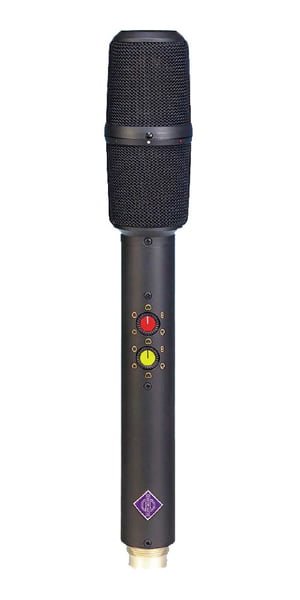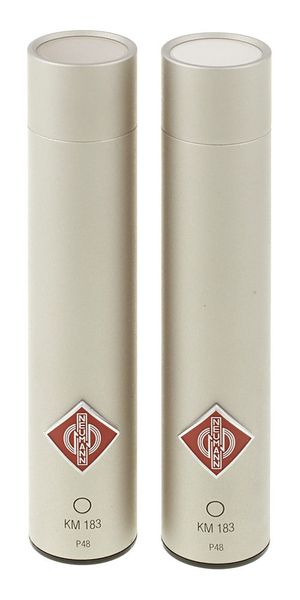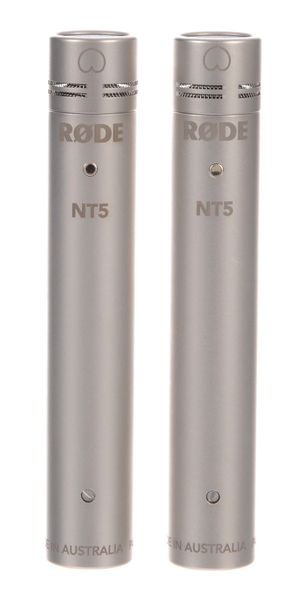5. Choice of Mic

Neumann coincident mic U69
The same rule applies as in many other areas of sound technology:
Choose the best your are able to afford, even at a stretch. After all, we are talking about one or two mics for recording your ensemble, if we dismiss spot mics for the moment. The recording can only be as good as your sound converter allows it to be, right? But thankfully a lot has happened over the past few years on the mic market, so that a wide array of mics is available to you now. For the recording procedures we discuss in detail above, a number of good to very good microphones are yours for the choosing. However, the pure coincident mics for stereo mic techniques (X/Y and M/S) are rarer, and the really good ones are quite expensive.

Neumann KM 183with omnidirectional characteristics
Things are much easier in time difference stereo (A/B), in which omnidirectional pressure transducers have become the norm. The advantage of the omnidirectional mic is its sensitivity in the low-frequency range and thus its excellent bass transmission. Since pressure transducers tend to go cardioid for higher frequency ranges (from ca. 5kHz upwards), they have to be directed (see above).

Rode NT 5 stereo pair for XY
For single mic recording and X/Y recordings with two individual mics, we use cardioid pressure gradient mics. They often come in pairs. But please be mindful that, when applying the X/Y technique, the mics' angles of aperture should not exceed 45°, if the recording area covers 180° in total (see figure above).





